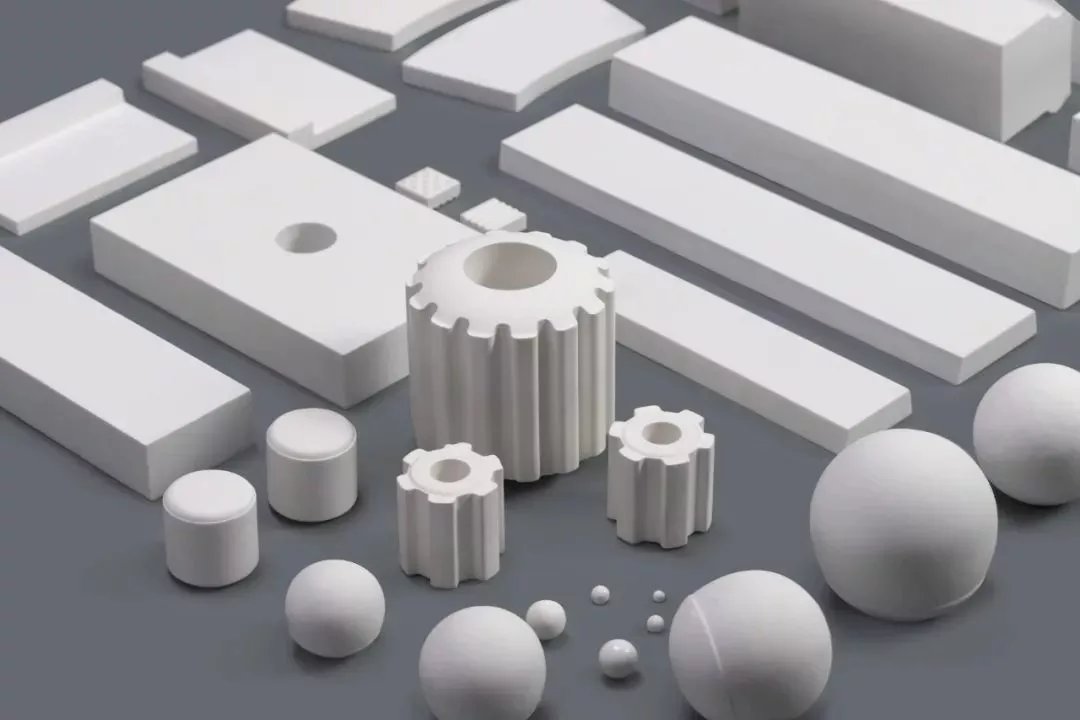What is Advanced Ceramics

Advanced ceramics include alumina ceramic, steatite ceramic, zirconia ceramic, silicon carbide ceramic, cordierite ceramic, mullite ceramic, and others.
- Alumina ceramic is one of the most widely used advanced ceramics and is made from aluminum oxide.
- Steatite ceramic is made from magnesium silicate and is a popular choice of material for insulators for electrical components.
- Zirconia ceramic is used in medical applications such as dental implants.
- Silicon carbide ceramic is used in bulletproof vests.
- Cordierite ceramic is used in catalytic converters.
- Mullite ceramic is used in refractory applications.
Advanced ceramics have a wide range of applications in various industries. They are used in the aerospace, defense, power generation, and industrial processing industries.
Advanced ceramics have applications in the electrical, electronic, optical, and magnetic industries. They are used in manufacturing industry for cutting tools, bearings, engine components, and other high-performance applications.
The high degree of hardness of some advanced ceramics is put to use in the design of body armor used by soldiers and police officers.
The major difference between traditional and advanced ceramics is of usage and chemical processing. Traditional ceramics are used as it is with minor modifications while advanced ceramics are chemically processed and used to make different industrial ceramic products.
Different types of raw materials are used for manufacturing traditional and advanced ceramics. While traditional ceramics are made using natural materials, such as feldspar, quartz, or clay, advanced ceramics are made using synthetic powders, such as aluminium oxide, silicon carbide, silicon nitride, and others.
